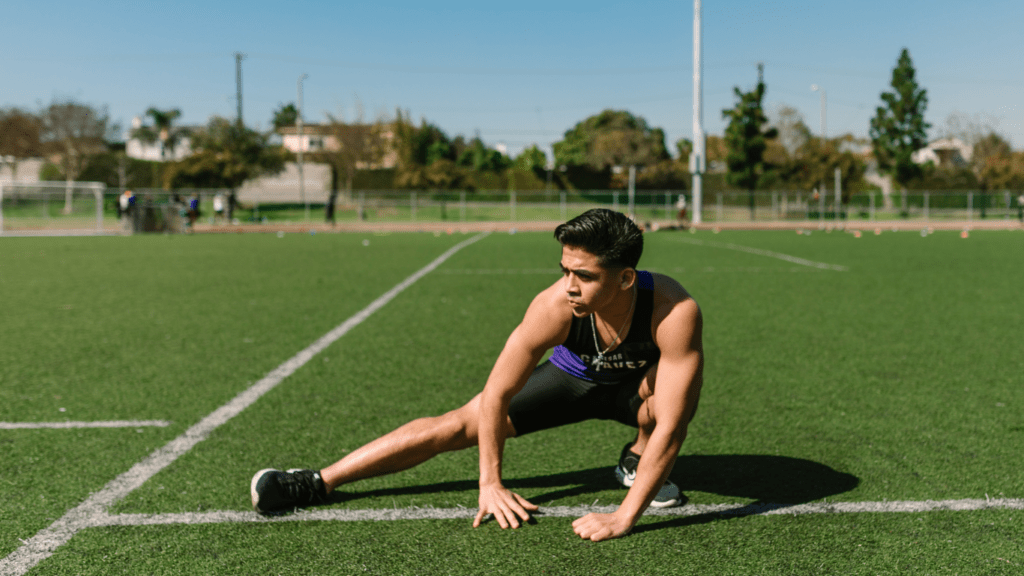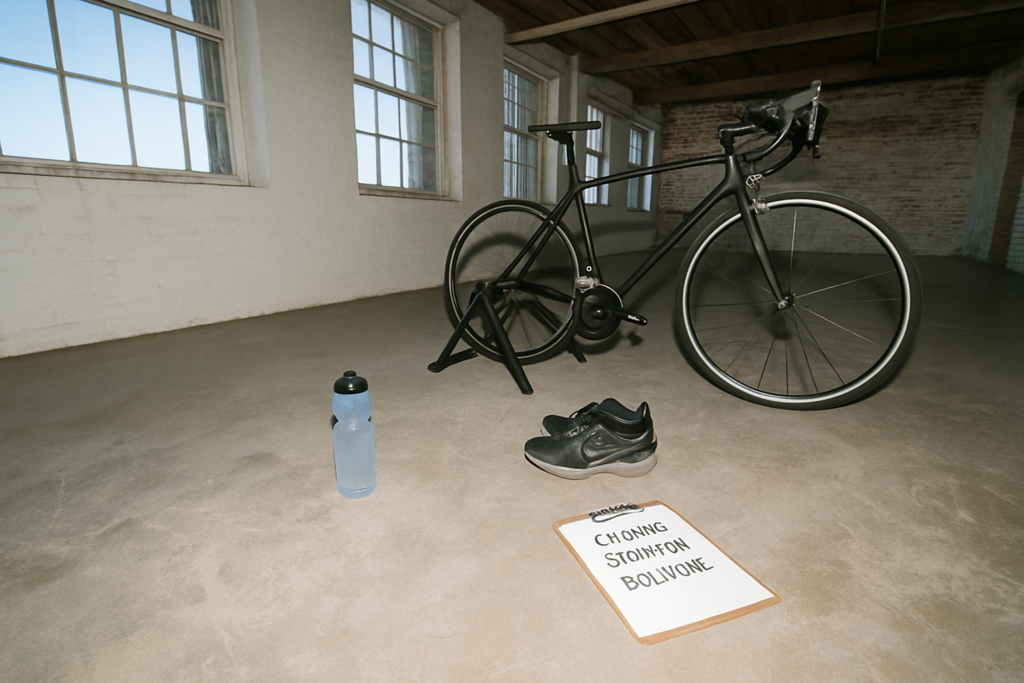Importance of Warm-Up Routines in Cycling
Warming up prepares cyclists’ bodies for intense physical activity, reducing the risk of injury and improving performance levels. Engaging in proper warm-up routines provides several benefits that cater specifically to cycling demands.
Physical Benefits of Warming Up
- Increased Blood Flow: Warm-up exercises increase blood flow to muscles, providing them with essential oxygen and nutrients necessary for peak performance.
- Enhanced Flexibility: Stretching and dynamic movements improve flexibility, which helps in achieving proper cycling posture and movement efficiency.
- Better Muscle Performance: Warm-ups activate and prepare muscles, improving their ability to generate force and sustain endurance during rides.
- Improved Cardiovascular Efficiency: Gradual cardiovascular engagement during warm-ups helps heart and lungs adapt more effectively to higher intensity cycling.
How Warm-Ups Can Prevent Injuries
- Reduced Muscle Stiffness: Warm-ups reduce muscle stiffness, decreasing the likelihood of strains and sprains that could occur during sudden movements.
- Joint Lubrication: Dynamic stretches and movements promote the secretion of synovial fluid, which lubricates joints, making them more resilient to impact.
- Balanced Muscle Activation: Engaging in balanced warm-up routines ensures opposing muscle groups are prepared, minimizing the risk of muscular imbalances leading to injuries.
- Gradual Heart Rate Increase: Warming up gradually increases heart rate, helping the cardiovascular system adjust and reducing the strain that sudden intense activity could impose.
Key Components of an Effective Cycling Warm-Up
Cycling warm-up routines consist of several essential components that collectively prepare the body for intense activity.
These include:
- cardiovascular exercises
- specific stretching techniques
- muscle activation exercises
Cardiovascular Exercises
Cardiovascular exercises help increase blood flow and gradually raise the heart rate. Before starting your main cycling session, engage in light cardio for 5-10 minutes.
Options include a slow-paced ride or brisk walking. These exercises promote oxygen delivery to muscles, enhancing their readiness and reducing injury risk.
Stretching Techniques
Stretching techniques focus on improving flexibility and range of motion. Dynamic stretches, such as leg swings and arm circles, activate the muscles used in cycling.
Perform each stretch for 1-2 minutes, targeting major muscle groups like quadriceps, hamstrings, and calves. Dynamic stretching reduces muscle stiffness and prepares joints for the motion-intensive activity of cycling.
Muscle Activation Exercises
Muscle activation exercises ensure that key muscles are engaged and ready. These activities involve low-intensity movements like bodyweight squats, lunges, and hip bridges.
Spend 5-8 minutes on these exercises, focusing on proper form. Activation exercises promote balanced muscle engagement and reduce the risk of imbalances that could lead to injuries.
Recommended Cycling Warm-Up Routines

Cyclists need tailored warm-up routines to suit their skill levels. Effective routines prevent injuries and enhance performance.
Routine for Beginners
Beginners should ease into cycling with a gentle warm-up. Start with 5-10 minutes of light cardio to raise heart rate gradually. Examples include jogging or slow cycling.
Dynamic Stretches
- Leg Swings: 10 reps per leg, targeting hip flexors and hamstrings.
- Arm Circles: 10 reps per arm, loosening shoulders and arms.
Muscle Activation
- Bodyweight Squats: 10 reps, engaging quadriceps and glutes.
- Standing Calf Raises: 10 reps, focusing on calves.
Advanced Cyclists’ Routine
Advanced cyclists need more intensive routines to prep muscles for high performance. Begin with 10-15 minutes of moderate cardio such as brisk cycling or running.
Dynamic Stretches
- High Knees: 20 steps, enhancing hip flexor and core flexibility.
- Butt Kicks: 20 kicks, targeting quadriceps and hamstrings.
- Walking Lunges: 10 reps per leg, promoting balanced muscle activation.
- Single-Leg Deadlifts: 10 reps per leg, focusing on hamstrings and glutes.
Customizing Your Warm-Up Routine
Customizing your warm-up routine helps cater to your specific needs as a cyclist. By tailoring warm-up exercises, you’ll boost performance and minimize the risk of injuries.
Adjustments for Different Cycling Disciplines
Different cycling disciplines require unique warm-up routines to address specific muscle groups and demands.
- Road Cycling: Focus on cardiovascular exercises like steady-paced pedaling and light stretching to prepare for extended periods of activity.
- Mountain Biking: Incorporate dynamic stretches, such as leg swings and high knees, and muscle activation exercises targeting the core and legs to handle uneven terrain.
- Track Cycling: Engage in high-intensity warm-ups with sprint intervals and resistance drills to simulate rapid bursts of speed and quick muscle response.
Considering Weather and Terrain
Adapting your warm-up routine based on weather and terrain is crucial for optimal performance and injury prevention.
- Cold Weather: Increase warm-up duration with more gentle cardio and dynamic stretches to raise body temperature and reduce stiffness.
- Hot Weather: Shorten the warm-up period and focus on hydration while incorporating lighter cardio to avoid overheating.
- Hilly Terrain: Emphasize lower body activation with exercises like lunges and calf raises to prepare muscles for climbing.
- Flat Terrain: Balance your routine with moderate cardio and upper body stretches to ensure a full-body warm-up.
By adjusting your warm-up routine to match your cycling discipline, weather, and terrain, you’ll improve overall performance and reduce the risk of injury.

 I’m Brendamee McCartyierr, and as the founder of Cycle Smooth Ride Long, I'm thrilled to bring you the ultimate resource for all things cycling. Whether you're a seasoned rider or just starting on your cycling journey, our mission is to support your passion for two wheels with trusted advice, insightful reviews, and expert tips.
Cycling is more than just a hobby—it's a lifestyle that promotes health, freedom, and adventure. At Cycle Smooth Ride Long, we’re committed to making your ride smoother, longer, and more enjoyable by providing you with the latest in cycling news, nutrition advice, fitness tips, and gear reviews. We also cater to beginners, offering comprehensive guides to help you get started and build confidence on the road.
I’m Brendamee McCartyierr, and as the founder of Cycle Smooth Ride Long, I'm thrilled to bring you the ultimate resource for all things cycling. Whether you're a seasoned rider or just starting on your cycling journey, our mission is to support your passion for two wheels with trusted advice, insightful reviews, and expert tips.
Cycling is more than just a hobby—it's a lifestyle that promotes health, freedom, and adventure. At Cycle Smooth Ride Long, we’re committed to making your ride smoother, longer, and more enjoyable by providing you with the latest in cycling news, nutrition advice, fitness tips, and gear reviews. We also cater to beginners, offering comprehensive guides to help you get started and build confidence on the road.
